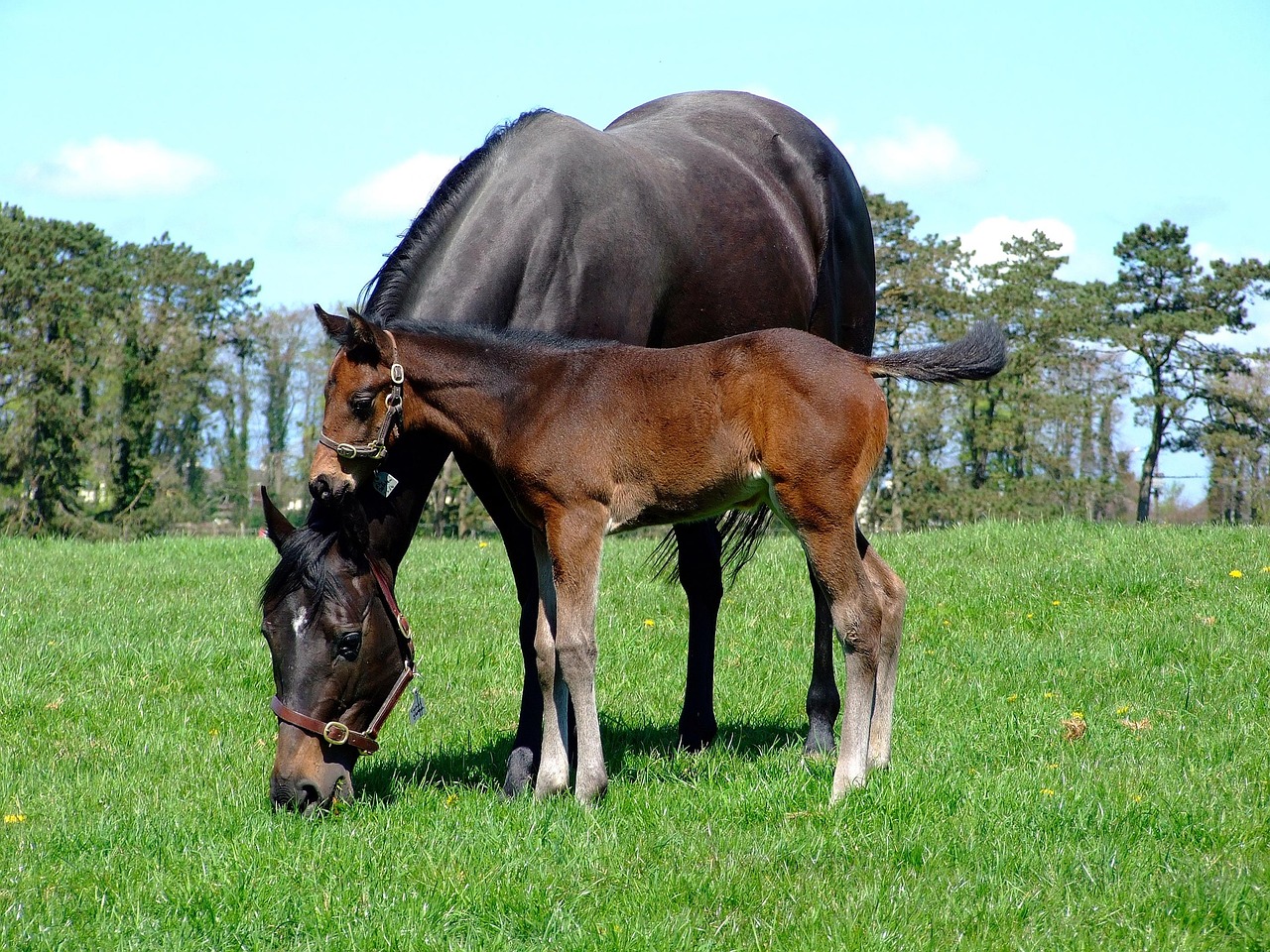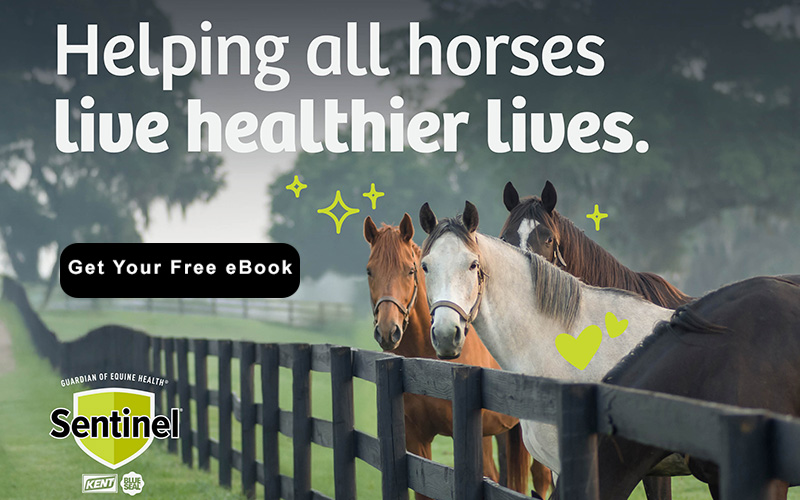
Horses don’t just munch on grass and call it a day.
They’ll wander a bit first, sniffle stuff around, nibble a little, and sometimes latch onto the same little patch like it’s the most delicious thing they’ve ever tasted. One horse might be really into clover, the other will hunt down every last dandelion – some horses even like mint or wild herbs. A pasture is to a horse what a buffet is to you.
But, as tasty as some buffets can be, they aren’t exactly healthy. Well, some are. But not all of them. This has much to do with the fact that some snacks are full of ‘the good stuff’, while some are just packed with nasties.
So this article is for you, the owner, so that you can see (and pay close attention) to the difference between which food is safe, and which isn’t.
Nutritional Impact of Common Pasture Snacks
As humans, horses are picky eaters. They won’t just eat any old grass that’s in front of them. Sure, they will if they HAVE TO. But only so in order to survive. You can be sure they won’t be happy about it. Not one bit.
In order to create healthy (and tasty) snacks, you need to put in the ‘good stuff’ into them (e.g., clover, dandelions, plantains, chamomile, mint, etc.).
This variety is very good for horses because it keeps their digestive system active the way nature intended. If the snack is tasty and healthy, then the horse is happy. This means less stress.
As far as nutritional values, these types of natural snacks are different from carrots, apples, and packaged treats you might usually give them. Pasture snacks have subtle amounts of vitamins and minerals, but because they graze, horses get them in steady amounts.
Hand-fed treats, on the other hand, are sweeter, and they’re given in bursts. Both are good and both deserve to have their place, but their roles aren’t the same.
This is why you’ll see a lot of horse owners browsing horse stalls for sale online to look and ask for features that make feeding routines easier to manage (e.g., safe hay racks, well-placed feed doors, etc.).
Safe Pasture Snacks vs. Risky Ones
Not every plant on the pasture is safe for your horse, so let’s see what’s okay, what’s risky, and what to be especially careful with.
Safe Snacks
There’s a good number of plants horses can safely eat while they’re grazing. Clover is one of the most common ones, and it’s very beneficial because it’s full of protein, which supports muscles and overall condition. Dandelions are another excellent choice, although many people see them as nothing more than weeds.
They’re packed with vitamins A and C, as well as minerals like calcium and potassium (great for bones and healthy teeth). Horses find them delicious, and they’re surprisingly healthy.
Wild herbs like plantain and chamomile have small digestive or even calming benefits. Mint is another herb that’s pretty popular with horses, but it’s not a big source of nutrition. Still, it’s safe and refreshing.
Risky Snacks
Even safe snacks can become risky if they’re eaten in excess, so make sure your horse always snacks in moderation.
Clover – safe in moderate amounts – is dangerous if a horse eats too much. It can cause slobbers, which is a condition caused by a fungus that (sometimes) grows on clover.
Lush spring grass is risky from the start because it contains a lot of sugar, which can trigger laminitis in sensitive horses.
Buttercups are another risk, although a lot of horses avoid them because they’re bitter. They’re actually mildly toxic if they’re eaten fresh, and they can irritate the digestive system.
Acorns are a seasonal risk in areas with oak trees. Some horses ignore them, but others will eat enough of them and cause serious poisoning. Horses are naturally curious, but this curiosity sometimes endangers their health.
Plants You Need to Be Careful with
Weeds and wild plants should never be a part of a horse’s diet.
Ragwort, horsetail, bracken fern, and yew are examples of toxic plants. Horses usually avoid them if they have plenty of good forage to eat, but if grazing is limited, they might start nibbling on something toxic simply because they’re bored.
Hunger, of course, would be the other reason.
Even small amounts of these plants can cause serious and long-term damage, so make sure to walk past pastures regularly and remove anything that might be dangerous.
Conclusion
Horses don’t care about nutrition labels and feed charts. As picky as they are, they would sometimes wander into a junk food aisle (if you’d let them) and make themselves sick. Think of them like big children. Would you leave it up to them to pick what they want?
Sure, in nature, they’d have no trouble eating what nature has intended them to eat. But here, in civilization, they’re constantly surrounded by a lot of different options – some of which aren’t that great for them, with some even being outright dangerous.
Remember that it’s up to you to prevent this, and every acorn they eat IS ON YOU. Every digestive problem a wild plant causes is also on you.
Do you research and inspect the pastures regularly to keep your horse(s) safe and happy.
There are more interesting articles in our section on Health & Education.

































